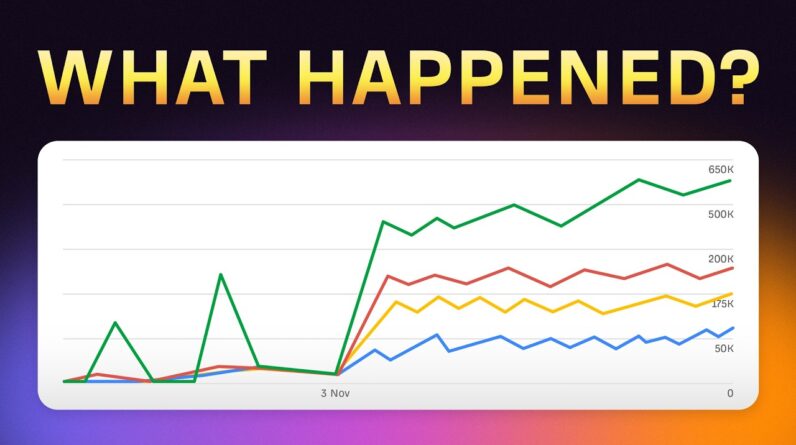
When I manage a website, I always consider when to use the no follow meta tag. It’s crucial to understand the situations in which implementing this tag can benefit your site’s SEO strategy and help maintain a healthy backlink profile. Join me as I delve into the importance of the no follow meta tag and when it should be incorporated into your website.
When Should You Use No Follow Meta Tag?
Introduction
Hey there! Today, I’m going to share some insights on when to use a no-follow meta tag on your website. It’s crucial to understand the common use cases and best practices to make the most out of this meta directive.
Understanding the No-Follow Meta Tag
First things first, let me explain what a no-follow meta tag is and why it matters. This meta tag tells search engines not to follow the links present on a specific page. Essentially, it’s a way to control which links should be considered for link equity by search engines.
Common Use Cases for Using a No-Follow Meta Tag
Wondering when to apply a no-follow meta tag on your site? Here are some scenarios where using this meta directive makes sense:
-
Sponsored Links: Any links that are paid for or sponsored should have a no-follow tag. This ensures compliance with search engine guidelines regarding paid promotions.
-
Affiliate Links: If your site includes affiliate links, it’s advisable to mark them with a no-follow tag. This helps in distinguishing organic content from affiliate promotions.
-
User-Generated Content: Links added by users in comments or forum posts should be no-followed to prevent any misuse for link building purposes.
-
Social Media Links: When linking to social media profiles or posts, consider adding a no-follow tag. This emphasizes the distinction between social signals and organic backlinks.
-
Low-Credibility Outbound Links: External links to unreliable sources or low-quality websites should be marked with a no-follow tag. This protects your site’s credibility and SEO ranking.
Best Practices for Using No-Follow Meta Tags
While page-level no-follow tags can be applied, it’s not recommended due to their broad impact. Instead, opt for link-level meta tags, categorizing links as sponsored or no-follow based on their credibility and nature.
Implementing proper meta tag strategies helps in managing link equity effectively and maintaining a healthy backlink profile. Remember, search engines value transparency and integrity when it comes to link building practices.
Conclusion
In conclusion, utilizing a no-follow meta tag is a strategic approach to control link equity distribution on your website. By following best practices and identifying relevant use cases, you can enhance your site’s SEO performance and user experience.
FAQs About No-Follow Meta Tag
-
When should I avoid using no-follow meta tags on my site?
It’s best to avoid using page-level no-follow tags, as they can impact all links on the page, including internal links, negatively affecting SEO. -
Can I use a no-follow meta tag on external links only?
Yes, you can target specific links for the no-follow directive based on their nature or credibility. -
Is it necessary to regularly audit and update my site’s meta tag settings?
Yes, performing periodic audits and adjustments to your meta tag configurations can ensure optimal link equity management. -
Do search engines penalize sites for using no-follow meta tags?
No, search engines view the use of no-follow tags as a way to provide transparency and better control over link attributes. -
How can I monitor the impact of using no-follow meta tags on my site’s performance?
Tracking changes in search engine rankings, organic traffic, and backlink analytics can help assess the effectiveness of your meta tag implementation.






